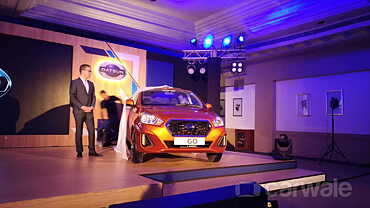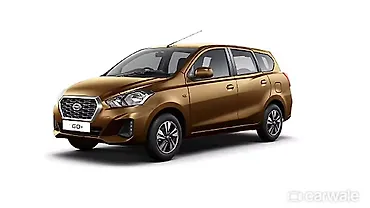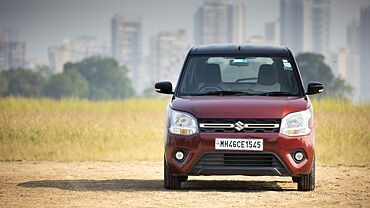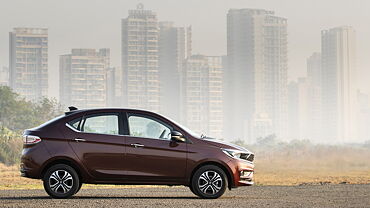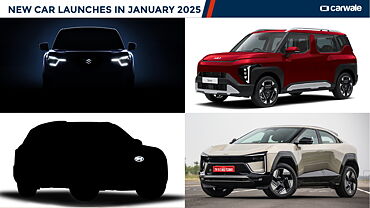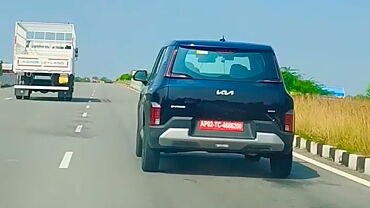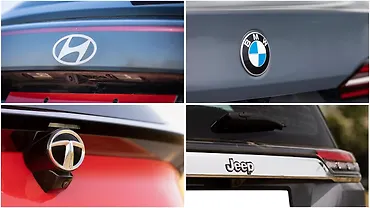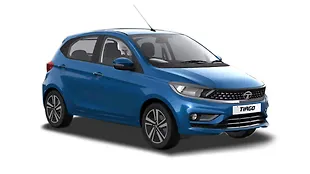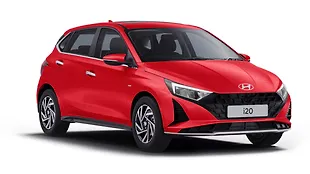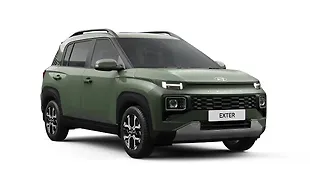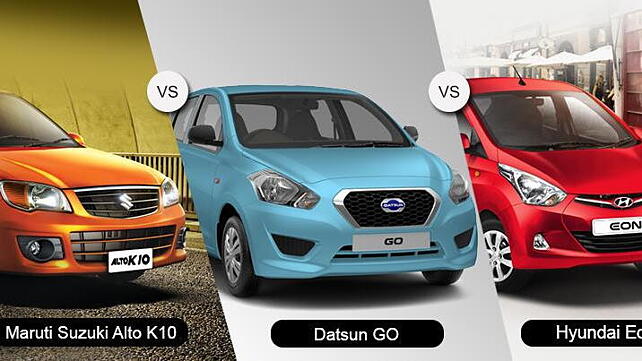
In mid-2012, Nissan re-launched the Datsun brand after a gap of 30 years but this time as one that caters to an audience with a fixed budget rather than performance Japanese motoring at reasonable prices. At a function in Delhi, it unveiled its first car, - the GO hatchback, which will go on sale in the Indian market from tomorrow (March 19). The car is expected to give its parent alliance Nissan-Renault a much needed boost in the Indian market in terms of volumes and consequently sales figures.
As has been the case with such crucial vehicles in the past, we have decided to compare it to its nearest rivals in a bid to see what the Japanese-French automaker is bringing to the battle and how it fares against them in a classic CarWale comparison.
Before you go ahead to the comparison, check out our upcoming car preview, first drive review and accompanying video of the Datsun GO which took place in Hyderabad recently. You can also watch the highlights from the display of the production version that took place in December. Datsun has already begun producing the car from its Chennai facility and has begun bookings for the compact hatchback
Oh, by the way if you have skipped the headline-we are comparing the Datsun GO with the Hyundai Eon and the Maruti Suzuki Alto K10.
Exterior
The Datsun GO is the most modern looking of the three cars simply because it is the newest of the three. While the Alto K10 appears to be a scaled up version of the smaller and now discontinued Alto compact hatchback. The GO’s angular lines on its facia and chrome grille add some amount of muscle to its appearance while the Hyundai Eon looks cute and thanks to its diminutive proportions and Hyundai’s interpretation of the Fluidic design philosophy from a bigger to a smaller scale. The Alto K10 plays it safe and has a familiar design thanks to the Maruti 800 and the Alto.
The side profile is pretty much the same case with the GO and the Alto K10. While the Datsun borrows it from the Nissan Micra, the Alto K10 has the familiar shape that many of us associate with hatchbacks in this segment thanks to its 30- year- old heritage. The Alto K10 and Eon both get body coloured mirrors on the top spec variant while the GO gets black coloured units throughout but this has been cleverly hidden by Datsun applying black cladding on the exterior of the windows to give it an even appearance.
At the back, the GO and the Alto K10 get vertically stacked units that include indicators and the reverse light. The Eon, on the other hand, gets a Christmas tree style unit that runs from the middle of the boot to the top of the hatch door. While the GO and Eon have the number plate slot on the bumper, the Alto K10 gets its ID on the tail gate and this is complemented by a chrome strip and Suzuki badge to give an upmarket feel.
However, the reality in this segment (at least for India) is that looks play second fiddle to pretty much everything else and so even if the GO looked like a two generation old Nissan Micra (which it is believed to be based on) we would still buy it due to the practicality that it offers.
Interior and features
The GO, Alto K10 and the Eon share a similar layout when it comes to the interiors. This is characterised by the position of the AC controls and vents, music system, gauges, three spoke steering wheel and buttons. However, the GO gets what appears to be a ‘third seat’ which is basically a small piece of cushion between passenger and driver seat. The company says that this is to be used to keep things between the front occupants and that it is not a seat, but they tend to forget that every Indian is born with the concept of ‘jugaad’ and that it will not be a surprise to see three sitting abreast in the front of a GO. The GO also gets a dash mounted gearbox and an old style twist and lock handbrake.
The GO, Eon and Alto K10 all get two tone interiors with black as the predominant shade for the latter two. The GO has been given a more pleasant beige trim with grey as the second colour. On the feature list the GO gets air conditioning and a 1-DIN music system with two speakers. There is also a USB port but strictly to be used as a mobile charging point only. The Alto K10 is sold without a music system while the Eon is the most feature rich of the three with a 2-DIN system that has USB, AUX, iPod compatibility along with a CD player. All the three have central locking but only the EON is offered with remote central locking as well as a digital clock.
Engines
The Eon is powered by a three cylinder 800cc unit that produces 55bhp/75Nm while the Alto K10 gets a three-cylinder 998cc unit that produces 67bhp/90Nm. The GO on the other hand also gets a three-cylinder unit but this is in the displacement of 1.2-litres and produces 67bhp and 104Nm of torque making it a better offering to drive in bumper to bumper traffic. All the three cars are offered with a five-speed manual gearbox. In terms of alternate fuels, only the Eon is offered with a ready fitted LPG system.
Verdict
The Hyundai Eon and Alto K10 have been priced in the range of Rs 2.8 lakh to Rs 3.82 lakh and Rs 3.15 lakh to Rs 3.28 lakh (ex-showroom Delhi). We expect that Datsun will price the GO in the range of Rs 3.25 lakh to Rs 3.80 lakh. It is expected to have three variants and will all be powered by the same engine option.
Datsun has an uphill task in the segment that it wants to enter as it has to face two established players who are well known for their offerings at this level. It loses out to the Hyundai Eon and Alto K10 in terms of features and comfort but will be able to cover this up thanks to the large amount of cabin space and engine power which should ideally play into its hands for establishing a foothold and a good image.

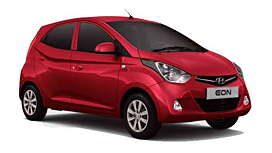
![Maruti Suzuki Alto K10 [2010-2014] Image Maruti Suzuki Alto K10 [2010-2014] Image](https://imgd.aeplcdn.com/272x153/cw/cars/discontinued/maruti-suzuki/alto-k10-2010-2014.jpg?q=80)
![Datsun GO [2014-2018] Image Datsun GO [2014-2018] Image](https://imgd.aeplcdn.com/272x153/cw/ec/36449/Datsun-GO-Exterior-138001.jpg?wm=1&q=80)

